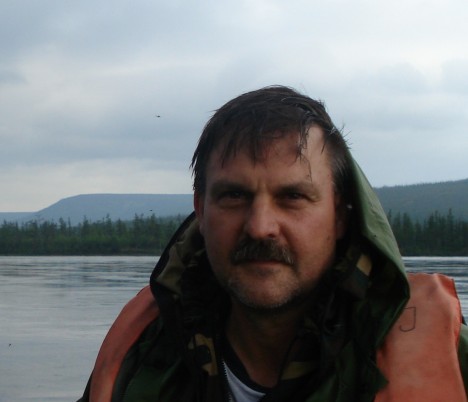
Dr. Jon Ranson is an earth scientist specializing in radar and lidar remote sensing of forests. He uses these tools for studying vegetation type and biomass in ecosystem research at NASA’s Goddard Space Flight Center in Greenbelt, Maryland. He also serves as the Chief of Goddard’s Biospheric Science Laboratory, which is advancing the use of satellite technology to study the carbon cycle and terrestrial ecosystems. Dr. Ranson has participated in numerous field campaigns in the United States, Canada and Siberia to improve our ability to measure and monitor vegetated ecosystems from space. He enjoys hiking, birding, music and outdoor cooking.
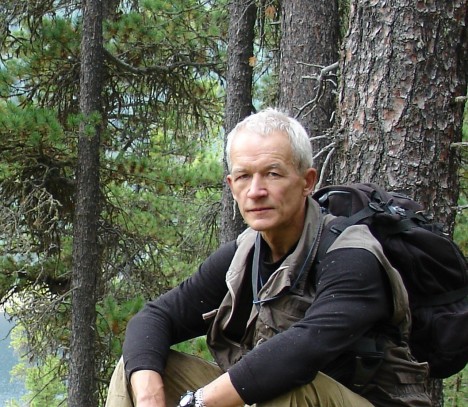
Dr. Vyacheslav Kharuk, a forest ecologist, is Head of Forest Ecology and Monitoring Branch, Sukachev Forest Institute Siberian Branch of the Russian Academy of Science, in Krasnoyarsk, Siberia and Head of GIS Chair at Siberian Federal University. He has collaborated on several NASA- supported projects including projects in Maine, Canada and Siberia with Dr. Ranson and other NASA and USDA Forest Service scientists over the past several years. Dr. Kharuk leads the field and remote-sensing data activities at the Sukachev Institute and collaborates in data analysis research at NASA GSFC.
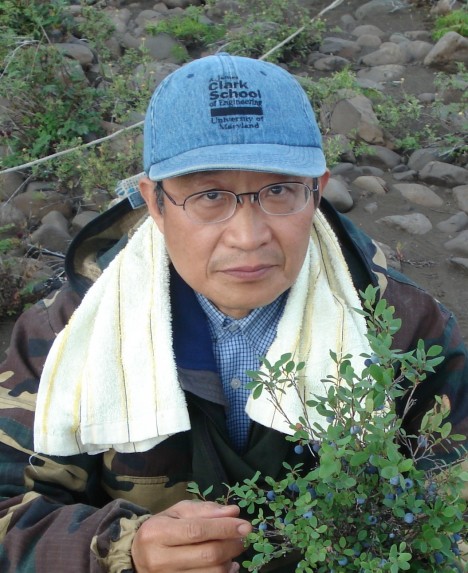
Dr. Guoqing Sun is a Research Professor at the University of Maryland-College Park, and is also affiliated with NASA’s Goddard Space Flight Center Biospheric Sciences Branch. He has been involved in research on remote sensing and GIS applications since the early 1980s , and has worked as a principal researcher and investigator in various NASA programs. His speciality is in radar backscatter and lidar waveform models and applications of multi-sensor (lidar, radar and passive optical sensors) data in forest ecosystem studies.

Dr. Sergei Im is a scientist at the V. N. Sukachev Institute of Forests, Siberian Branch of the Russian Academy of Science in Krasnoyarsk, Siberia. He completed his undergraduate Studies at Krasnoyarsk University in 2001 and completed his post-graduate studies at the V. N. Sukachev Institute. He is author and co-author of many scientific papers that have been published in Russian and International journals. His special interests are informatics such as GIS. Dr. Im is a skilled computer programmer. He has a particular interest in microwave and optical remote sensing for analysis of land cover dynamics.
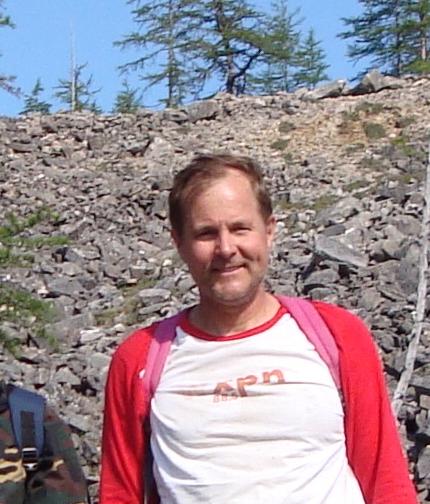
Dr. Ross Nelson is a physical scientist who works for the Biospheric Branch of the NASA Goddard Space Flight Center in Greenbelt, Maryland. He completed his B.S. in Forestry at the University of Maine, Orono, his Master’s in Forestry/Remote Sensing at Purdue University and earned his Ph.D. in Forestry/Biometrics at Virginia Polytechnic Institute and State University. He participates in several areas of research. One important area is the use of airborne laser data to characterize the forest canopy and estimate forest biomass, volume and carbon. He is also working to use moderate and high-resolution satellite data to monitor tropical and subtropical forest conversion. Ross is also developing statistical and image processing procedures for continental and sub-continental resource assessment using satellite imagery.
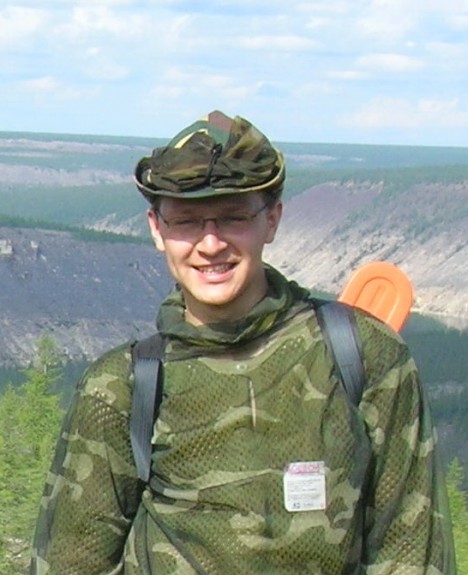
Pavel Oskorbin is a scientist at the V.N. Sukachev Institute of Forests, Siberian Branch of the Russian Academy of Science in Krasnoyarsk, Siberia. He is a veteran of several field expeditions in the Siberian forest, working with field studies as well as logistics. Pasha was born on the coast of Lake Baikal lake in 1980. He graduated from Krasnoyarsk State Technological University. Now, he is working in V. N. Sukachev Institute of Forest SB RAS as a researcher with PhD. His field of interest is forest stand structural dynamics. He is the participant of a number of international expeditions.

Dr. Joanne Howl received her Doctor of Veterinary Medicine from the University of Tennessee College of Veterinary Medicine, Knoxville, Tennessee in 1987. She has practiced clinical veterinary medicine, worked in veterinary emergency response and is a writer and editor in the pet health and science fields. Currently she is employed as a Technical Writer for Sigma Space. This is her sixth year blogging for the Earth Observatory in support of NASA field campaigns. She is the US based contact for the NASA Expedition Team, and communicates via satellite phone and email while the Team is in field, and shares their story with the reader.




Papa (a.k.a. Dr. Sun, Guoqing), I am so proud of you and I miss you so much! Be safe and please tell everyone I said hello. I love you papa! Jasmine
Jasmine, we were able to speak to Dr. Sun today, and tell him about your comment. Your Papa was very happy to hear from you, and sends you his warmest love from Siberia. He also said to tell you “Jasmine, you are a very lucky girl to be born in the US and to grow up here. I hope you grow up strong and healthy, and that you study hard. One day you can make a very beautiful contribution to this country. Maybe you will even want to continue the work we have started here. I am fine, and I am thinking of you.”
Joanne:
Thank you so much for replying to my daughter Jasmine’s message to her papa! She was so happy!!! Thank you for doing a wonderful job! Your blog is the only way we can find out if my dad is doing ok or not. Your blog gives us a sense of peace!
From the bottom of our hearts; thank you!
Jen
Hi Jen, It is a delight to know that you and Jasmine are reading along! I remember one year that Dr. Sun was on expedition in Siberia on Jasmine’s very first birthday. I was on the phone with Jon, and he told me that Guoqing offered a toast to her that night, wishing her well from half-a-world away. He may travel a lot, but it is clear he thinks of his family fondly, and often. Joanne